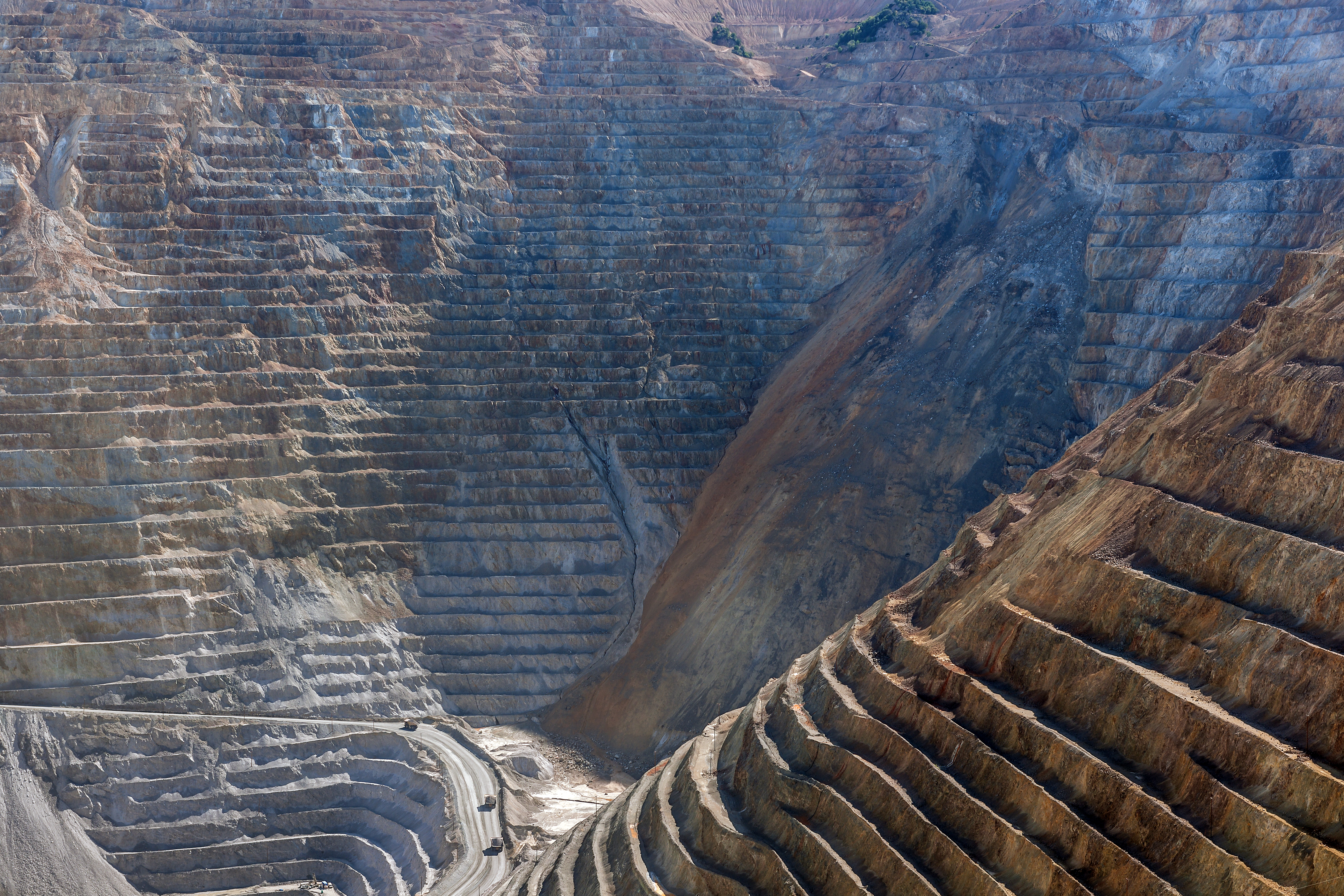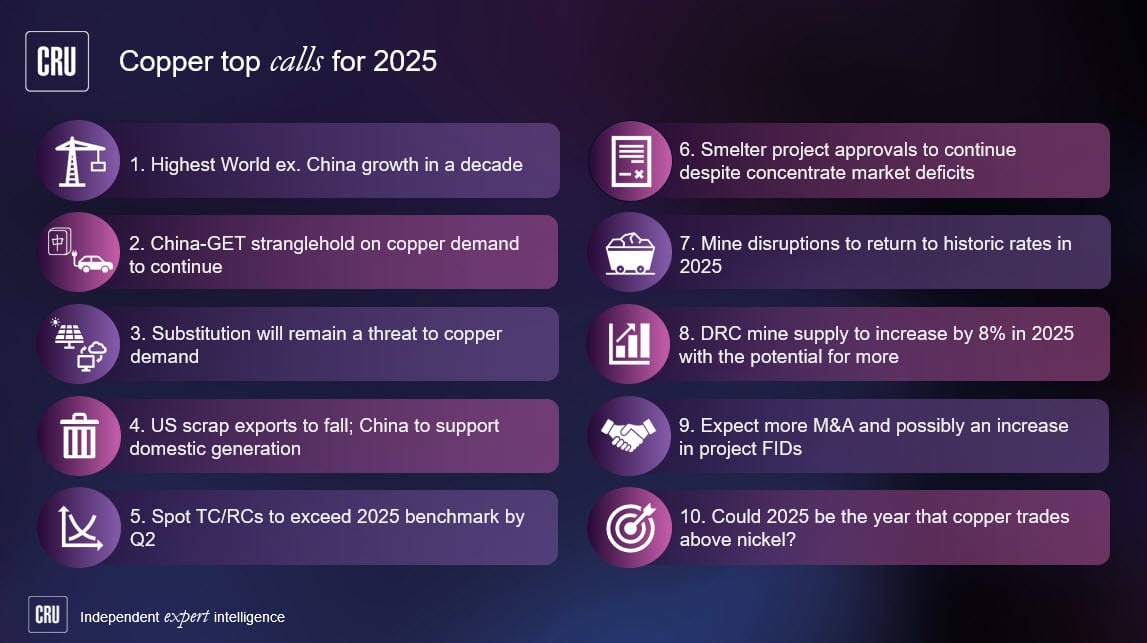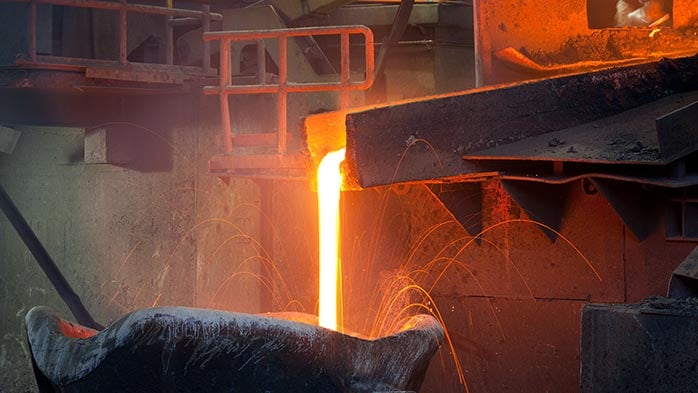The M&A activity in the mining space – particularly driven by the pursuit of copper assets – has taken the spotlight in the recent months. In the midst of mega takeovers deals that did not materialise, it is still uncertain how or if the industry will see further consolidation. However, it seems clear now that investors are searching for synergies and value creation as drivers rather than size.
Could we see a shift towards a merger of “similar forces” that can demonstrate synergies to set the next wave of deals? In this insight, we explore the potential synergies that Teck and Anglo could have in their copper portfolios that could consolidate their presence in Chile and ensure a growing footprint in Peru.
The appetite for copper steadily grows
Last year Teck’s shareholders rejected a non-solicited takeover bid by Glencore, valued at $23 bn. In May of this year, Anglo American’s shareholders rejected a takeover bid by BHP valued at ~$49 bn. Both companies held their ground, but their business strategies had to change drastically.
Teck sold their coal assets for a total proceeding of $8.6 bn to Glencore, with minority stakes to POSCO and Nippon Steel (completed transactions). Anglo announced a proposed plan to demerge or divest non-core assets, including their steelmaking coal alongside the nickel portfolio, Anglo American Platinum and their interest in De Beers. Both companies share a common denominator in their new strategies – to focus on copper as a cornerstone of business.
The appetite for copper assets is unlikely to decline, considering the role that copper has in the green economy and the need for additional primary mined production. CRU’s 2024 Copper Long Term Outlook forecasts a 7.7 Mt copper supply gap between primary demand and committed production by 2034. The increase in capex requirements to fill this gap and costs escalation has translated to a more bullish view of the long-term copper incentive price.
Anglo and Teck copper portfolios have a strong footprint in Chile and Peru, combining both Tier 1 and Tier 2 operating mines, and a pipeline of projects. CRU estimates the combined attributable copper production of these companies will reach 907kt Cu in 2024 (excluding by-product equivalent production).
Collahuasi and Quebrada Blanca mines could spur district development
Located approximately 180 km south-east of the Iquique city in the Tarapaca region of Northern Chile, the C-QB (Collahuasi-Quebrada Blanca) hub is expected to produce 501,000 tonnes of contained copper in concentrates this year. Further, this hub has the potential to become an even larger player, with both assets having a rich geological endowment that could yield expansion/extension projects to potentially surpass a combined production of over 1 Mt of copper.
Less than 4.8 kilometers (or three miles) separates the Collahuasi and Quebrada Blanca mines, presenting a unique opportunity for operational synergies (albeit these have proven to be challenging in the past for the exemption of shared mineral deposits). Infrastructure corridors could also facilitate future growth options, namely through shared infrastructure such as pipelines, power generation and distribution, desalination and ports capacity.
Growth options for both mines are significant. As illustrated below, several brownfield projects could support increasing output and extending life of both mines significantly. These opportunities can be constrained by economies of scale, permitting, environmental footprint and capex intensity. As mentioned, mines benefiting from geographical proximity could see synergies while defining organic long-term growth opportunities.
Quellaveco could pave the way for Zafranal in Peru
While Teck is no stranger to Peru – namely through its stake in Antamina – it has never directly operated or built a mine in the country. Operating in a new jurisdiction is a challenge for any mining company, and in many cases, this is a critical factor in the investment decision. Considering the recent development and construction of Anglo‘s Quellaveco mine that started production in 2022, it is fair to assume that this experience combined with the current operational footprint of the company in Peru could fast track opportunities and reduce risks for the construction and ramp-up of Zafranal.
Zafranal is a greenfield copper project located 90 km northwest of the city of Arequipa in Southern Peru. The project is being operated by Compañía Mineral Zafranal (CMZ) and is a joint venture between Teck (80%) and Mitsubishi Materials Corporation (20%). Initial feasibility studies expect output to average at 74,000 t/y over 19 years, with a capex of ~$1.3 Bn.
Despite no direct operational or infrastructure synergies between Quellaveco and Zafranal, there are different factors that could translate into a measurable benefit. These include understanding of the political landscape and permitting process, leveraging existing relationships across suppliers and service providers, and optimization of functional areas in country.
Potential merge presents opportunities to expand or sell at higher-value Tier-2 assets
CRU assesses that El Soldado (operated by Anglo-American) and Carmen de Andacollo (operated by Teck) current life of mines (LoM) extend to 2031 and 2035, respectively. Both mines have witnessed a decrease in output in the last 15 years. El Soldado peaked at 65 kt Cu of annual production in concentrates in 2007, with Carmen de Andacollo at 77 kt Cu in 2013. Both mines currently produce ~40 kt Cu in concentrates, and no longer have cathode production through leaching and SXEW.
Efforts to extend the LoM, or even expand capacity for these assets, could evolve into synergies – assuming similar technical challenges are faced, and similar engineering solutions prove to be beneficial – avoiding re-engineering and mitigating capex inflation. For example, commissioning two identical concentrator plants or piloting/deploying new leching technologies for sulphides could restart idle SXEW capacity.
Conversely, if focus remains in Tier 1 assets only, a demerger of two assets can be a more attractive deal for the market and potential third parties – recalling the Anglo-American deal in 2015 for Mantos Blancos and Mantoverde (today owned and operated by Capstone Copper). This demerge strategy can also be attractive for shareholders, as it could offer special dividend payments.
If not the time for M&A, then joint ventures should prevail
The analysis presented in this insight is not intended to be a prediction, but an illustration of potential synergies that assets and companies could have. Any M&A deal will have multiple layers of complexity, but ultimately, the capacity to demonstrate value creation to shareholders is what will define the outcome. This has proven to be challenging to demonstrate to shareholders in the recent mega-takeover efforts made by Glencore and BHP. In contrast, successful M&A have had direct asset-specific synergies, including BHP’s acquisition of Oz Minerals – completed in 2023 (targeting the Olympic Dam-Prominent Hill-Carrapateena cluster in South Australia) – and Capstone Mining & Mantos Copper merger, completed in 2022 (which focused in the Mantoverde-Santo Domingo cluster in northern Chile).
Alternatively, asset-specific joint ventures offer opportunities for collaboration, risk-sharing, cost efficiency and access to resources and markets, making them a strategic approach for companies to pursue mutually beneficial mining projects. Hence, joint ventures could prevail as the preferred value-creation alternative moving forward – unless we see a shift in companies’ M&A deals structuring.

















